The 32 best '70s movies
With "New Hollywood" in full swing, director-driven works reflected a morally ambiguous atmosphere
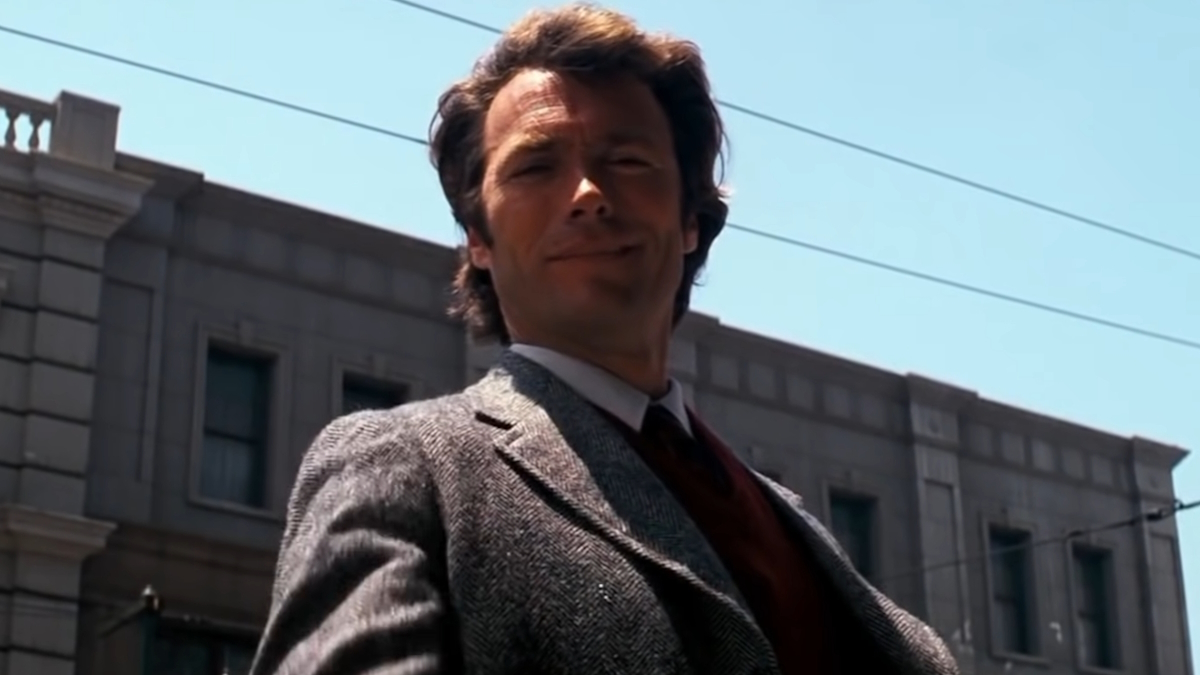
In the first decade totally free of parochial content restrictions yet plagued by nightmares of the Vietnam War, movies changed forever in the 1970s. But which of them are actually the best?
After foreign filmmakers ruled the 1960s, a new movement of “New Hollywood” was in full swing with home-grown Hollywood directors exerting more creative control over their work than before. At the same time the world, and specifically America, was feeling bleak if one were to judge through the news communicated by the ever-increasing presence of television. Amid political scandals, corrupt administrations, rising crime, and increasing cynicism, movies reflected a similarly melancholic and/or nihilistic mood. Even the miracle of the 1969 Moon landing failed to inspire lasting wonderment in the stars, as filmmakers turned space into a very scary place.
Underdog sports heroes, evil spirits, alien visitors, Shaolin monks, vigilantes, killer sharks, and more define a complicated decade still reeling from the sins of Vietnam and a resurgence in Cold War tensions. But what movies entertained audiences during these disturbing times? Here are the 32 best movies of the 1970s.
32. Slap Shot (1977)
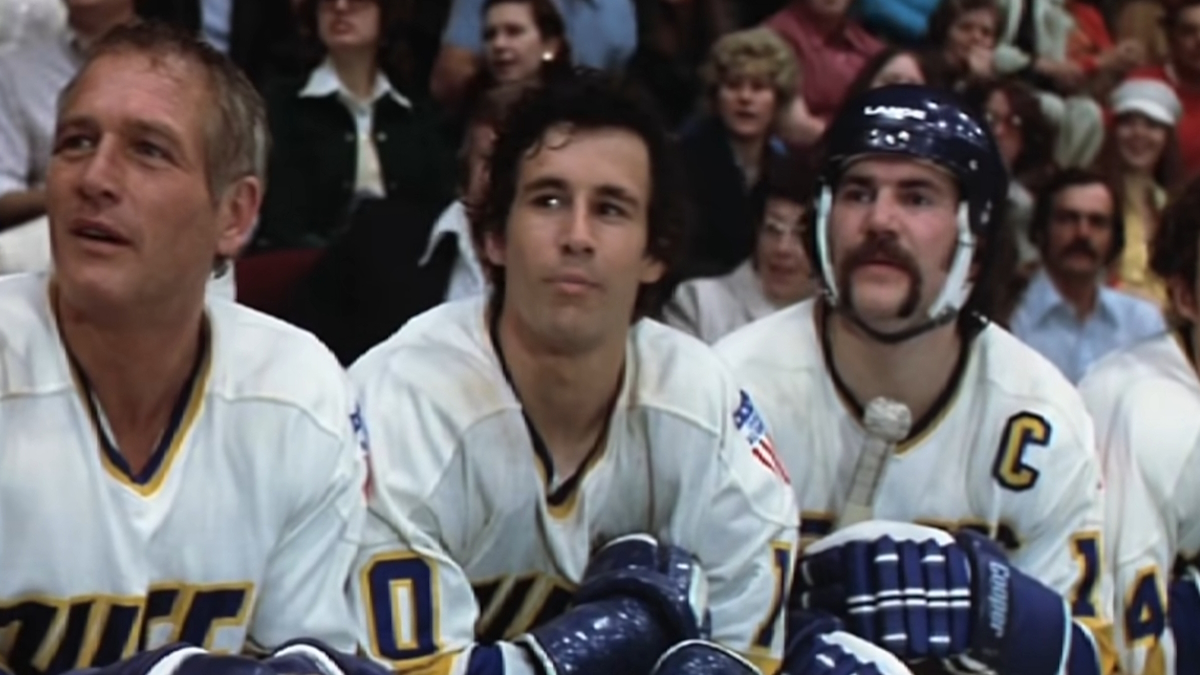
File this one under: What’s Paul Newman doing here? Written by screenwriter Nancy Dowd and loosely inspired by her real-life brother’s minor league hockey team being sold, Slap Shot is a foul-mouthed riot about a struggling small town hockey team who get a major boost when its newest players, the Hanson brothers, unleash spectacular on-ice smackdowns to the delight of fans. Directed by George Roy Hill, Slap Shot predates most cult sports comedies, but this one still outskates them all with its caveman atmosphere, laugh-out-loud worthy bits, and Oscar-winner Paul Newman – as player-coach Ruggie Dunlop – being unexpectedly at ease as a grizzled locker room veteran with an enviable wardrobe.
31. Wanda (1970)
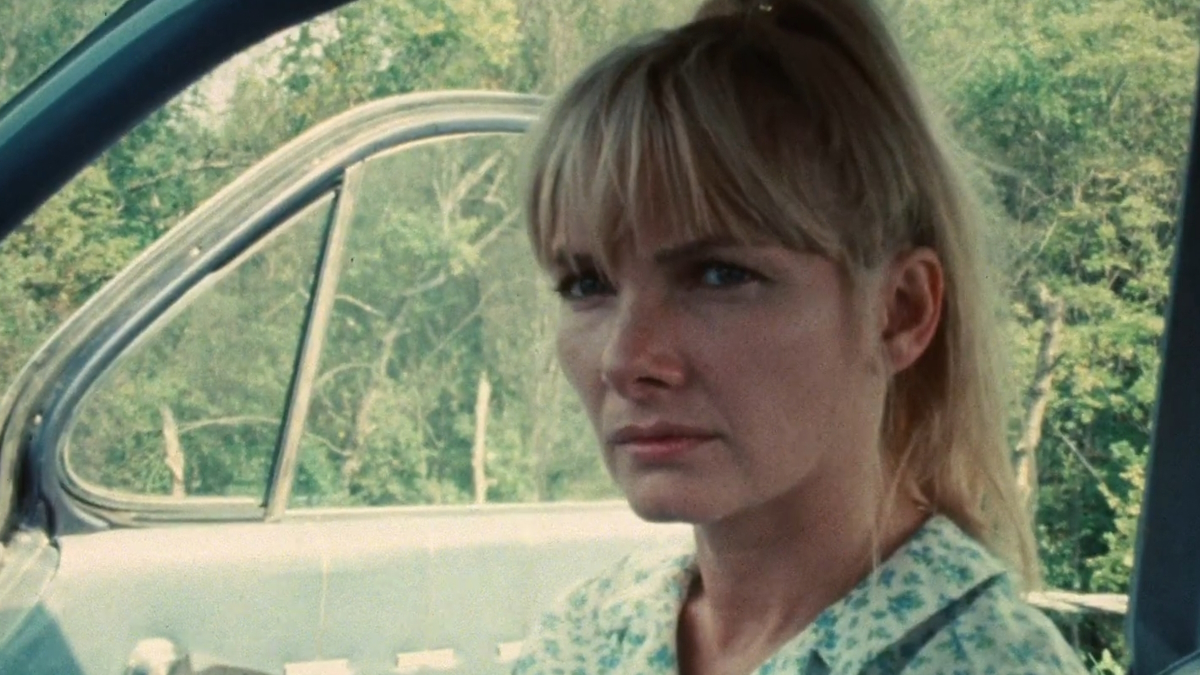
A landmark piece of independent filmmaking, Wanda follows a woman with no prospects who winds up in the company of a bank robber. The work of writer, director, and lead actress Barbara Loden, Wanda is a compassionate and tragic portrait of women who fall through the cracks of modern society, echoing Loden’s own feelings of aimlessness at the time. Loden was diagnosed with breast cancer a few years later and died in 1980 with Wanda ending up as Loden’s one and only directorial effort. But even through just one movie, Loden influenced generations of independent artists and permanently set in place the standards for iconoclast cinema.
30. Nashville (1975)

In Robert Altman’s epic musical comedy Nashville, a week-long political rally and music festival becomes a terrarium for 1970s America, its political and sociological vastness condensed into a microcosm of the country music industry. The movie famously features a large ensemble cast including David Arkin, Ned Beatty, Karen Black, Shelley Duvall, Jeff Goldblum, Lily Tomlin, and way too many more to name. Though marinated in the politics and social dynamics of the mid-’70s, Altman’s picture remains eerily relevant decades later.
29. Suspiria (1977)

A giant of giallo horror, Dario Argento’s 1977 classic Suspiria is an otherworldly piece about the dark sides of matriarchies and feminine art. Jessica Harper stars as an American ballerina who transfers to a prestigious academy in Germany, only to learn the school is inhabited by a coven of witches. In this corrupted fairy tale, Argento unleashes the full might of vivid Technicolor with an onslaught of red, blue, and pink palettes that swirl together in something resembling a summoning ritual. Combined with an unnerving atmosphere conjured through a striking score by progressive rock band Goblin, Suspiria is unforgettably graceful and gruesome.
Bringing all the latest movie news, features, and reviews to your inbox
28. American Graffiti (1973)
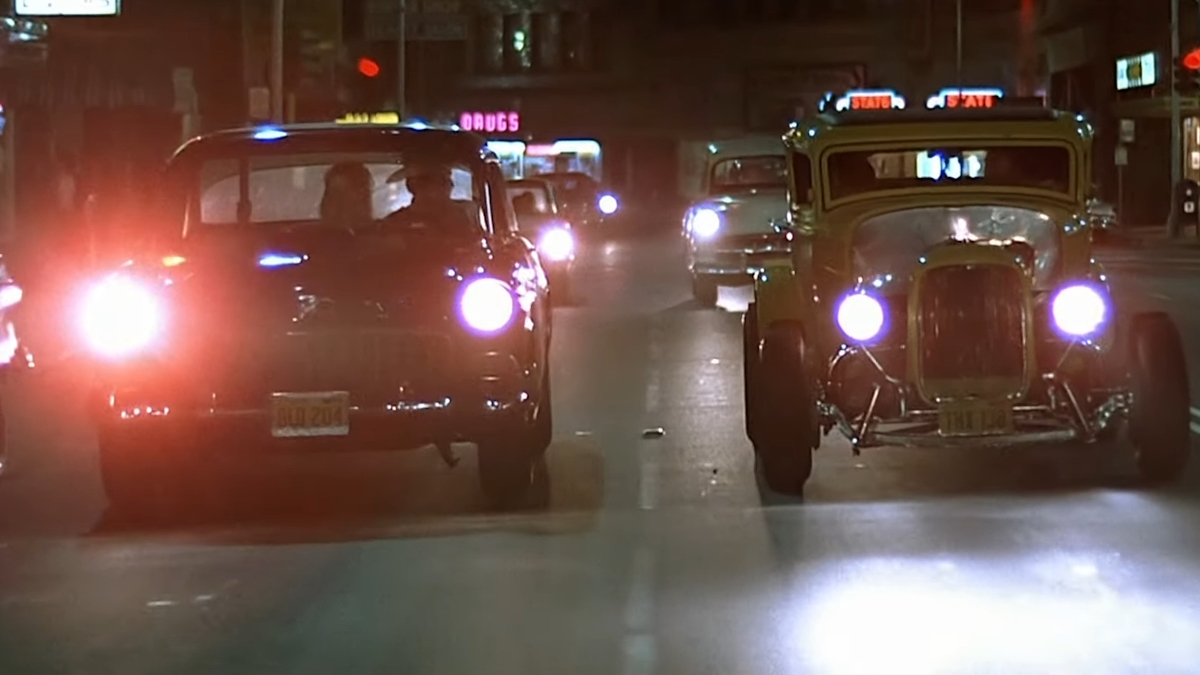
George Lucas was just 29 years old when his coming-of-age classic American Graffiti opened in theaters to rave reviews. The future Star Wars director was hardly in his mid-life crisis when he exhibited wistful nostalgia for his teen years in 1962, as one of many rambunctious youths who got in souped-up hot rods and cruised for adventure in their own downtowns. While Lucas’ name is now synonymous with large-scale escapist blockbusters, his most down-to-Earth movie, which follows a bunch of rock-‘n-roll teenagers over one summer night in Lucas’ California hometown of Modesto, still feels alive with vigor as a semi-autobiographical period piece made through the eyes of someone not much older than his own characters.
27. The Rocky Horror Picture Show (1975)
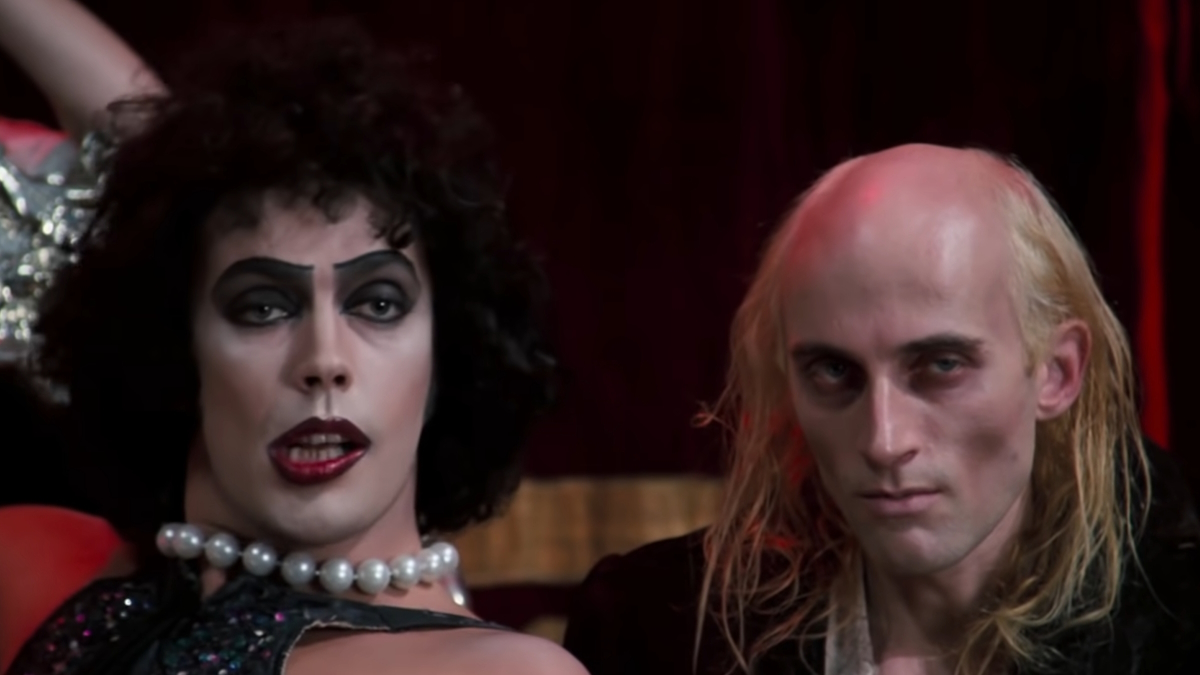
Directed by Jim Sharman and based on the 1973 musical, this lively homage to sci-fi and B-grade horror movies was mostly ignored upon release, when it was plagued by bad reviews and even had its Halloween world premiere in New York City canceled. It wasn’t until a year later that the movie finally found a legion of fans and cemented its status as a midnight movie titan. Susan Sarandon and Barry Bostwick star as a young couple who find themselves trapped in the eerie mansion of a mad scientist (unforgettably played by Tim Curry). Between its vile aesthetics and infectious music, The Rocky Horror Picture Show is an eternal invitation to do the Time Warp again, and again, and again.
26. The French Connection (1971)
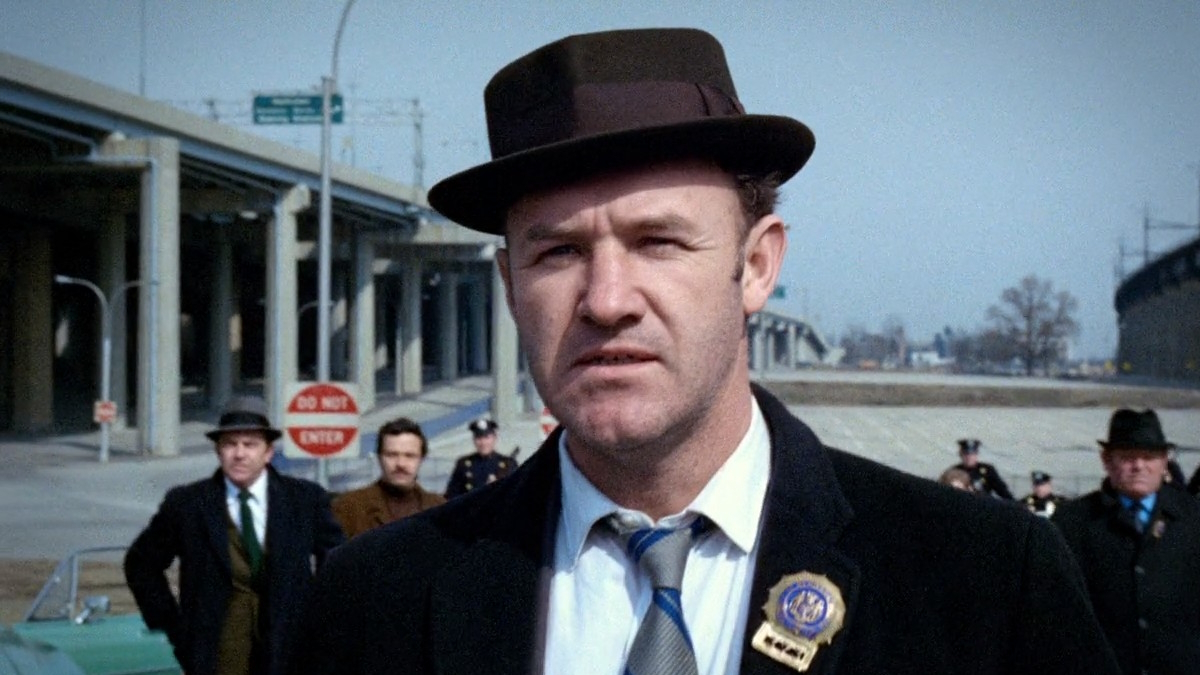
Widely regarded as one of the greatest movies of all time as well as featuring one of the greatest car chase sequences in history, William Friedkin’s crime noir is based on a true story and, quite fittingly, authentically captures the wintry grime of early 1970s New York. Splitting time between New York and more scenic France, The French Connection follows two hard-edged NYPD detectives (played by Gene Hackman and Roy Scheider) whose investigation into a narcotics ring reveals a large-scale international scheme. Emblematic of the decade’s moral decay, The French Connection still hits hard after all these years.
25. Annie Hall (1977)
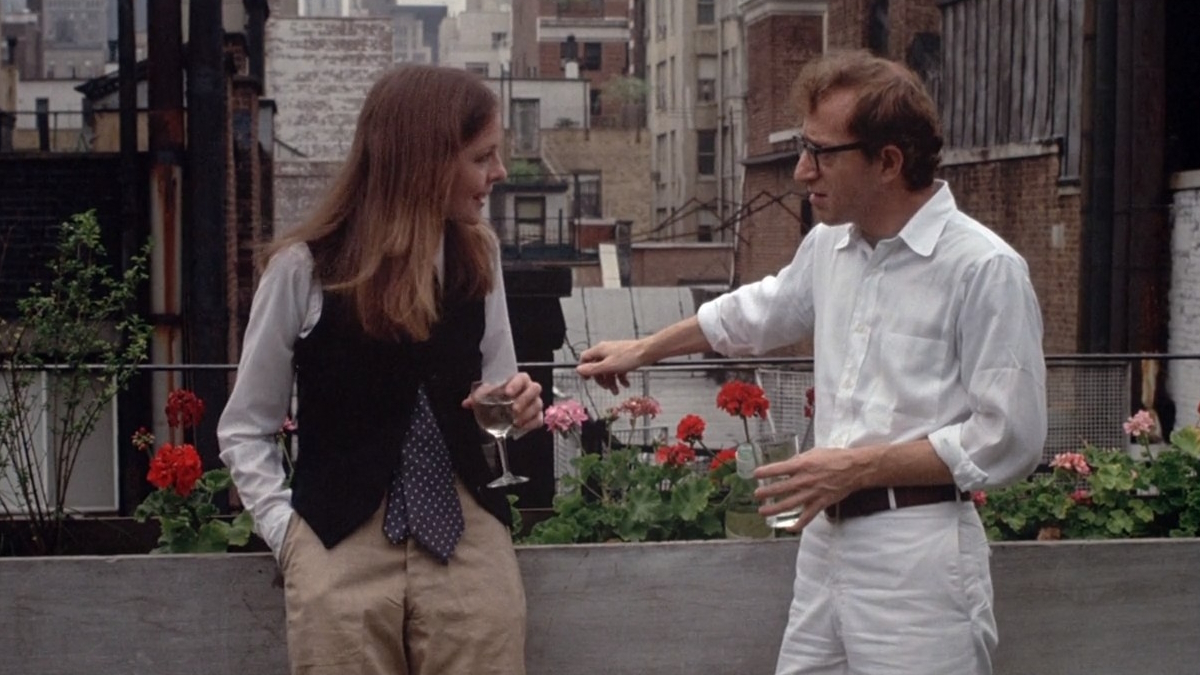
While admiration for Woody Allen has understandably soured over the years, Annie Hall is still deserving of celebration as an outrageously playful and deeply thoughtful scrutiny of modern romance. With writer/director Allen basically playing himself (shocker, I know), the picture follows a neurotic comedian interrogating why his relationship with his most recent girlfriend, Annie Hall (Diane Keaton) fell apart. Detached from reality and told in nonlinear fashion that zips between the protagonist’s unusual childhood and his other failed marriages, Annie Hall has for so long held its domain as the king of romantic comedies, albeit with a happy ending that is still unlike most traditional rom-coms.
24. Halloween (1978)
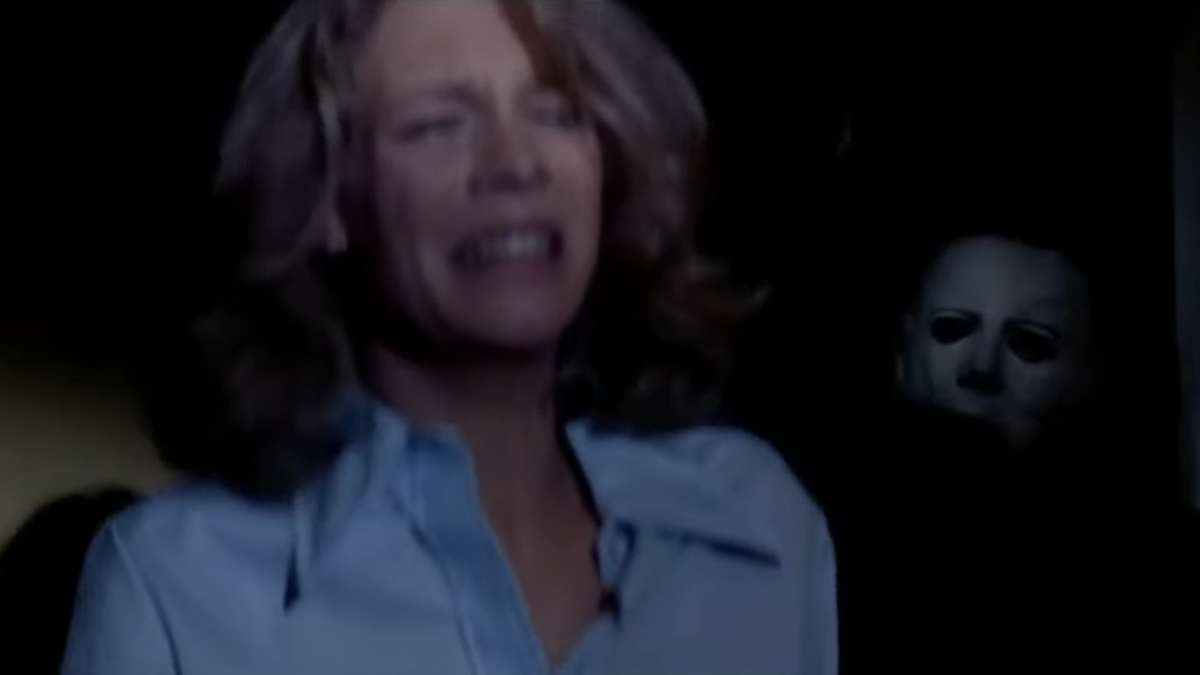
All you need to hear are those haunting piano notes to know you’re in spitting distance of a killer in an eerie white Captain Kirk mask. John Carpenter’s fourth movie, Halloween, is foundational in the slasher genre and still one of the best it has to offer. Actress Jamie Lee Curtis found fame as Laurie Strode, an everyday high school girl who is violently stalked on Halloween night by Michael Myers (played by Nick Castle and Tony Moran), a nigh-invincible killer and mental institution escapee. While Halloween has inspired plentiful sequels to make up one of the most lucrative horror movie franchises of all time, the original film is its individual work of art about the silenced traumas that lurk in neighborhoods everywhere.
23. Kramer vs. Kramer (1979)
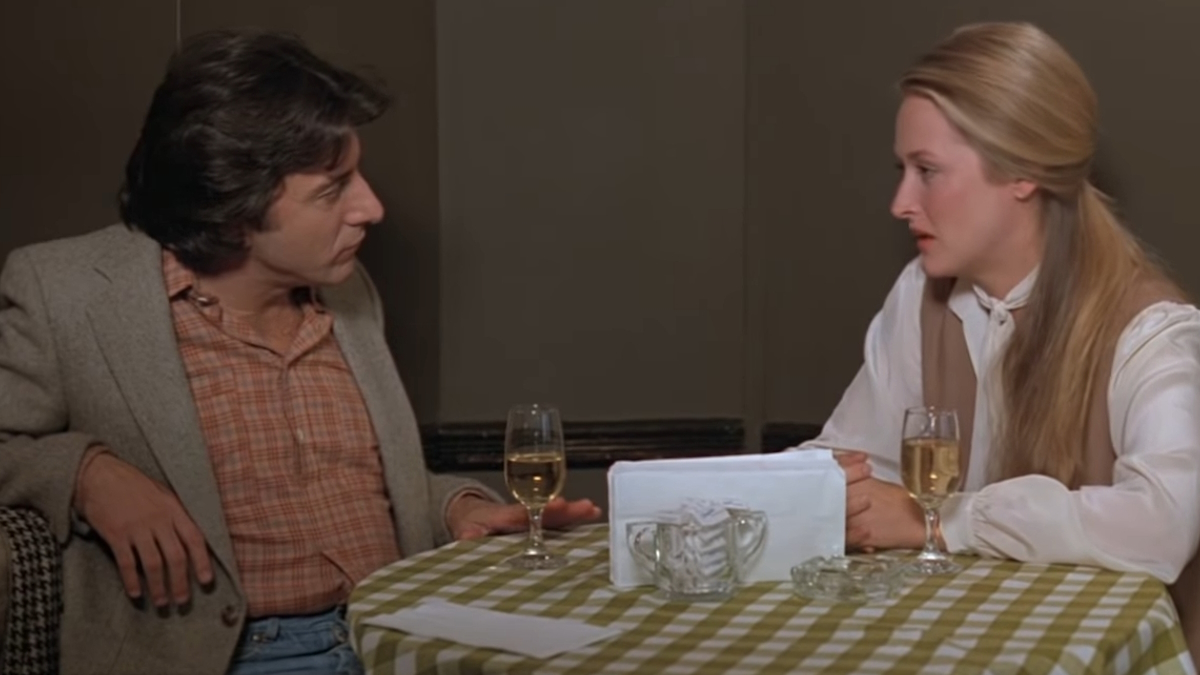
In Robert Benton’s heartbreaking drama, based on a 1977 novel by Avery Corman, a bitter divorce between a young couple – played by Meryl Streep and Dustin Huffman – reveals the many ways society heaps burdensome expectations on people to raise a family that their knees buckle underneath. In this story there are no villains (except some jerk lawyers), only the cold hard truth that love can fall short of what we actually want and need. In 1979, Kramer vs. Kramer resonated with audiences with its authentic portrayal of modern families; according to data from the CDC, divorce rates reached a record high of 22.8 percent that same year.
22. Superman: The Movie (1978)
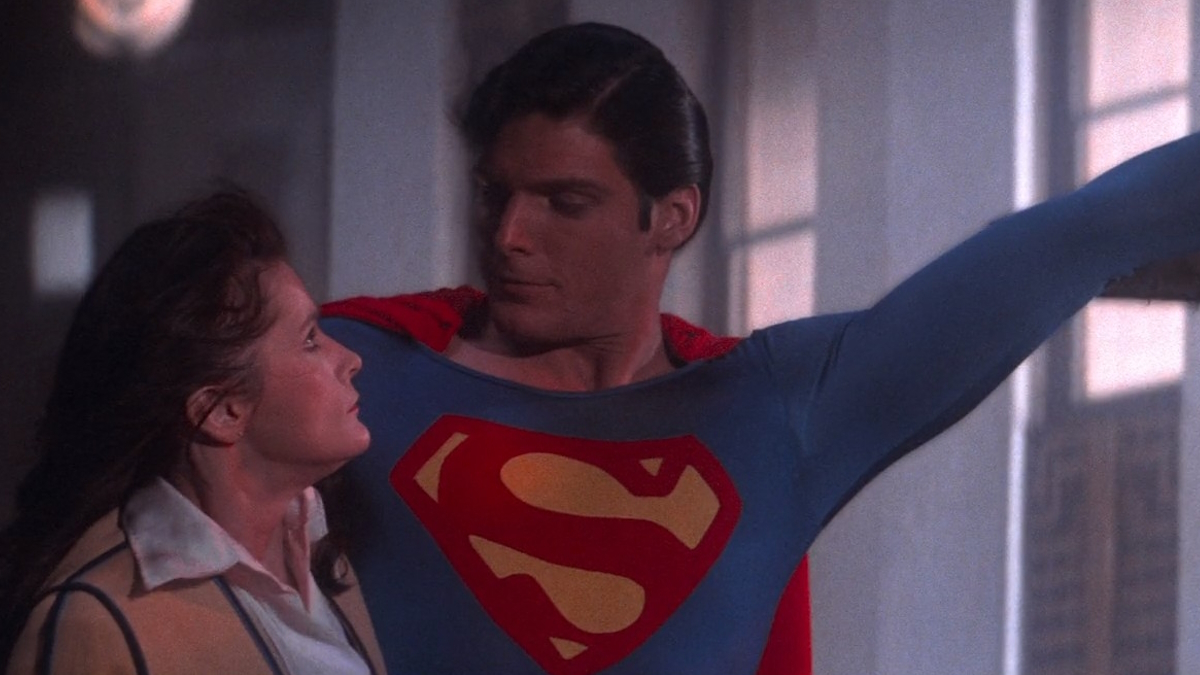
With the handsome Christopher Reeve as the Man of Steel, along with Margot Kidder and Gene Hackman, audiences truly believed a man could fly. Based on the DC Comics icon created by Jerry Siegel and Joe Shuster, Richard Donner’s seminal superhero film (and template for the Marvel Cinematic Universe) proved comic book stories can be told with flesh-and-blood actors on the screen. Amid a turbulent environment haunted by Vietnam, the Watergate Scandal, and existential dread wrought by the Cold War, Superman: The Movie reminded audiences that even those with power can still stand for truth and justice. Shouldn’t that be the American way?
21. Enter the Dragon (1973)
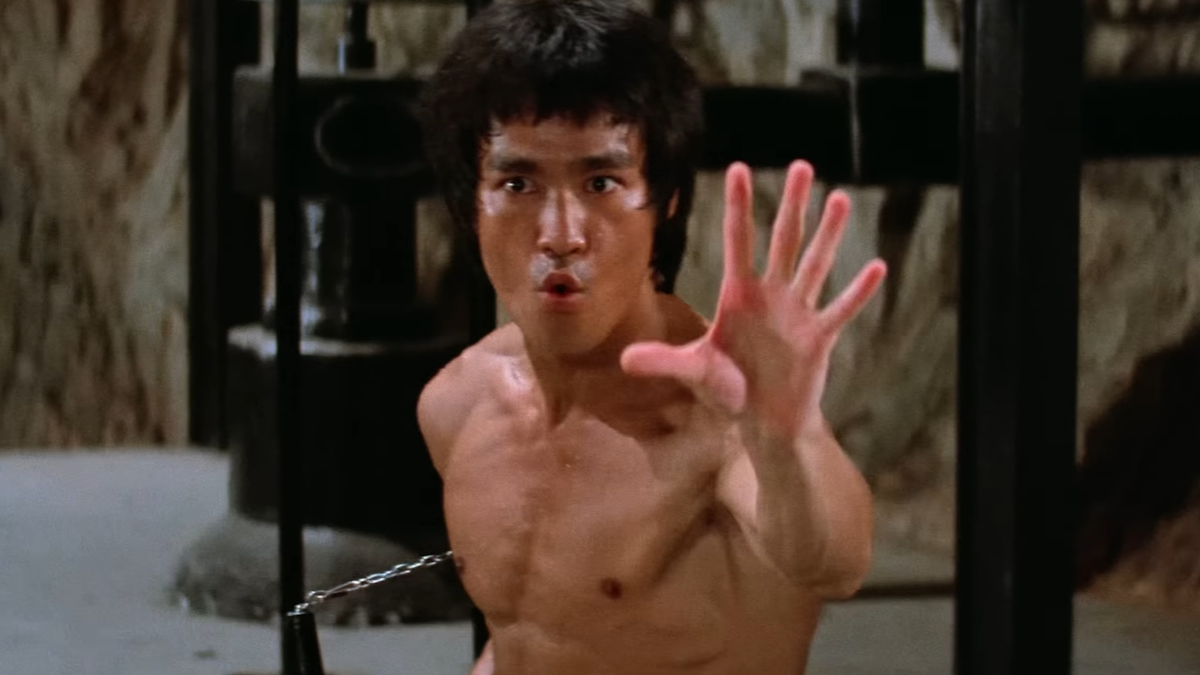
Bruce Lee is a bigger star in death than he ever was alive, and that’s due in large part to the alluring Enter the Dragon. While helmed by Robert Clouse, Enter the Dragon is best remembered as a vehicle for its legendary leading man to shine with supernova energy in his one and only Hollywood movie. A masterpiece of martial arts machismo, Enter the Dragon stars Lee as a Shaolin monk recruited by the British military to investigate a crime lord’s island fortress. The tragedy of Bruce Lee’s death, which happened under strange circumstances just a few months prior to the movie’s premiere, was that he was clearly meant for so much more. Enter the Dragon gives only a glimpse of what could have been.
20. Saturday Night Fever (1977)
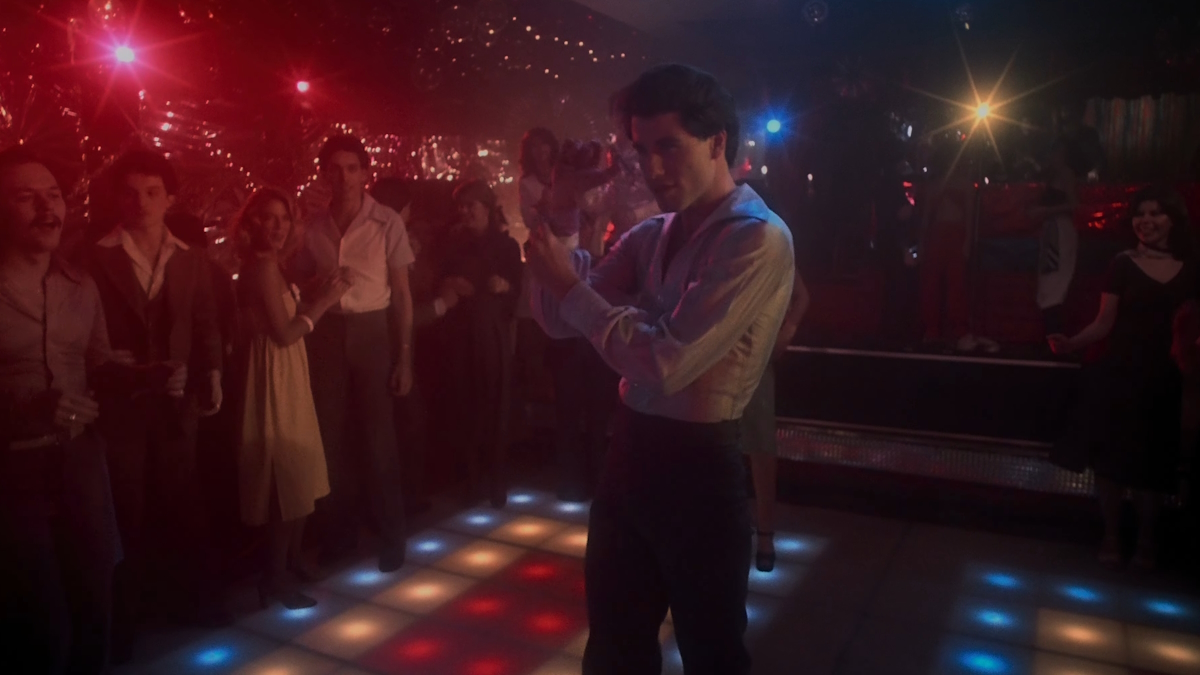
Nothing defines the 1970s like disco, and no movie defines disco like John Badham’s Saturday Night Fever. Between its monster hit soundtrack and a young John Travolta swaying like a hysterical peacock, Saturday Night Fever is an assault to the senses that doesn’t shy from peering into the dark corners of the discotheque. Travolta plays a working class 19 year old who grinds at his hardware store job during the week to live like a king every Saturday night at his favorite nightclub. While the magazine article the movie was inspired by turned out to be a farce, Saturday Night Fever really made disco America’s obsession for an unforgettable moment in time.
19. Close Encounters of the Third Kind (1977)
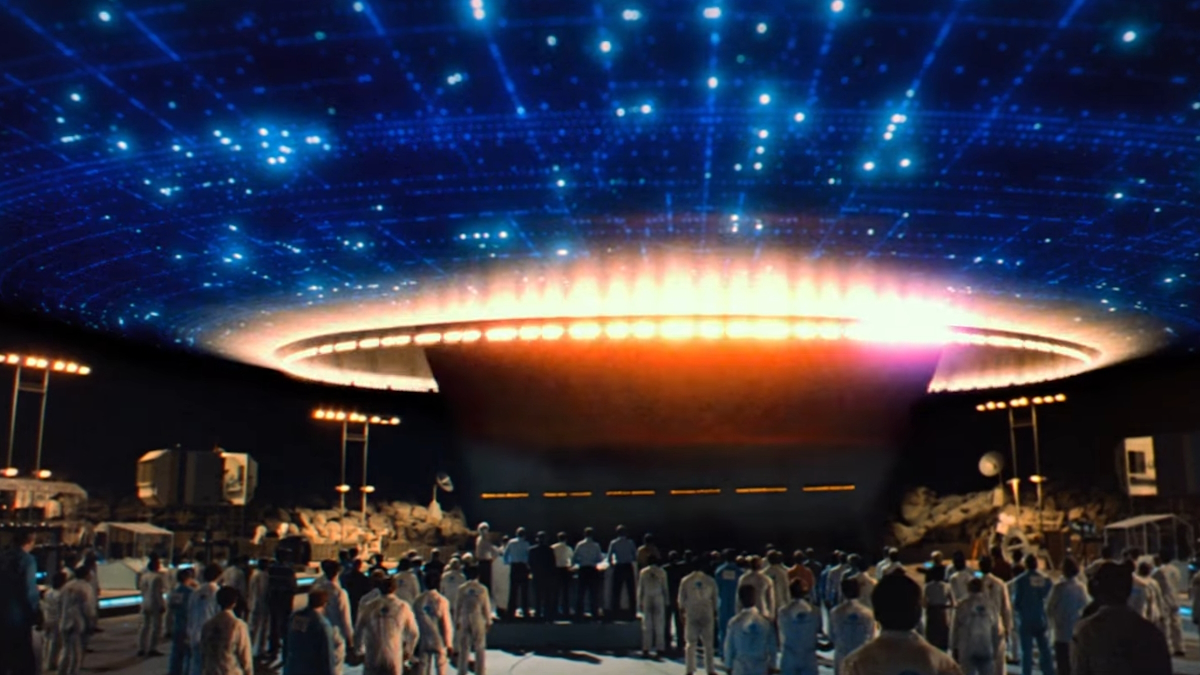
Predating Steven Spielberg’s own seismic movie E.T.: The Extra-Terrestrial is his 1977 epic Close Encounters of the Third Kind. After a chance encounter with a UFO, an Indiana electrician (Richard Dreyfuss) finds his way into getting a front row seat with the first official meeting between Earth and an alien society. A dazzling spectacle with a particularly regal tone and atmosphere than most alien invasion movies before or since, Close Encounters of the Third Kind was the harbinger to a near future full of mature science fiction.
18. The Deer Hunter (1978)
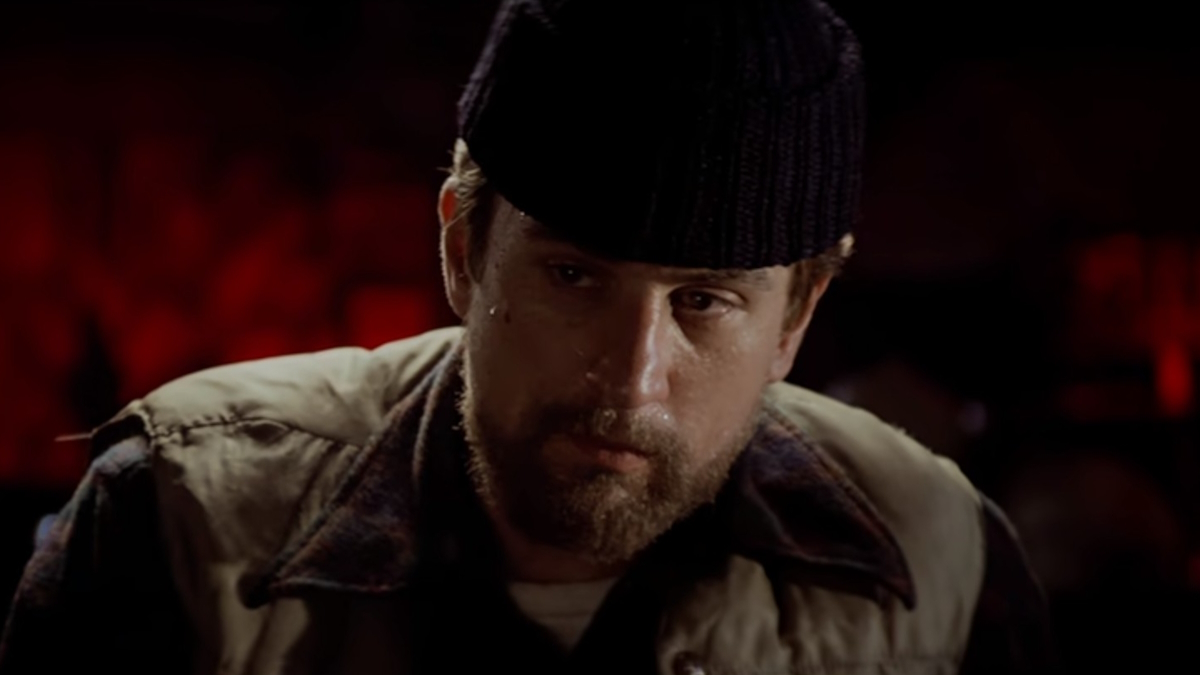
In the immediate aftermath of Vietnam, the majority of Hollywood hesitated to grapple with the abject failure of America’s foreign policies that played scores of human lives like pawns. But Michael Cimino’s The Deer Hunter (with Robert De Niro, Christopher Walken, and Meryl Streep in the cast) was among the first and still the most noteworthy films to directly deal with the Vietnam War’s horrific erosion of national morals. While accounts differ on how The Deer Hunter departed from its original script, which was set in the underbelly of Las Vegas, Cimino’s movie is an unflinching, unblinking powerhouse about tight-knit Pennsylvania friends whose lives are forever changed by their Army service in Vietnam. Its central “game” of Russian roulette was interpreted by the great critic Roger Ebert as an “organizing symbol” about randomized violence that “makes any ideological statement about the war superfluous.”
17. The Sting (1973)
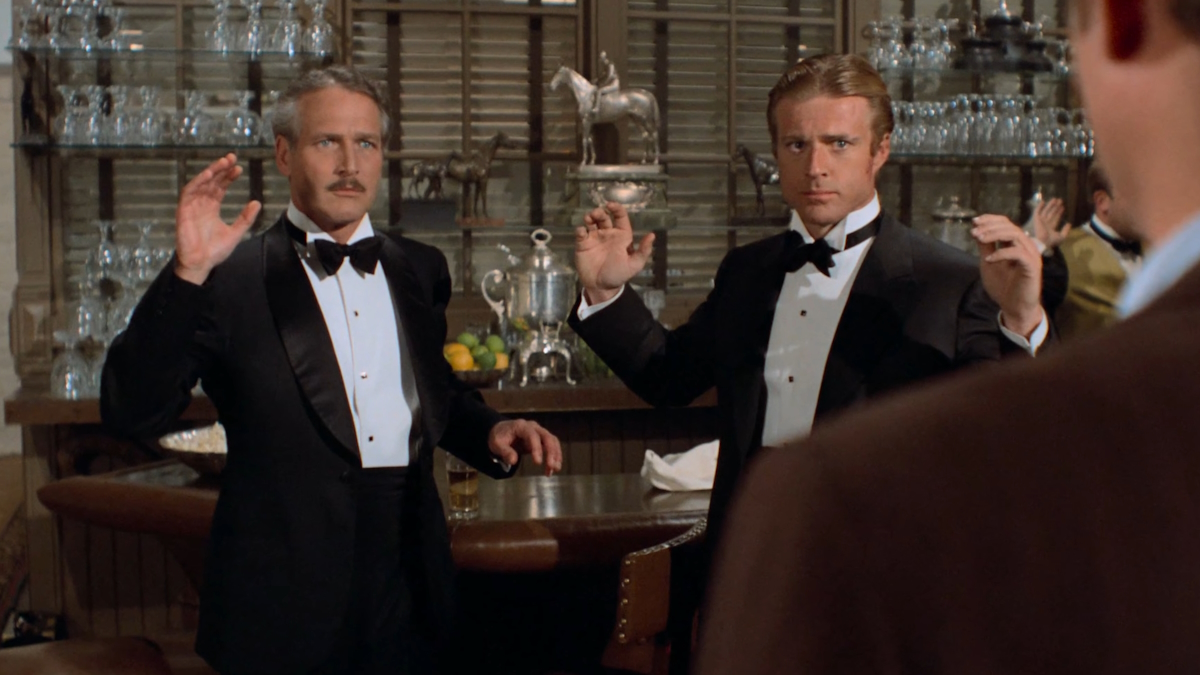
A few years after collaborating with both Robert Redford and Paul Newman on Butch Cassidy and the Sundance Kid, director George Roy Hill reunited with the two decorated performers on another cinematic stunner, The Sting. This impeccably stylish nostalgic crime caper, set during the Great Depression, tells of two grifters who team up to con a mob boss. The characters’ impossibly elaborate schemes are complimented by their fine clothing, an easygoing ragtime soundtrack, and an overall distinguished aesthetic design that purposefully call to mind the feeling of flipping through dusty copies of The Saturday Evening Post. With Redford and Newman firing on all cylinders, it’s just too easy for The Sting to play you like a sucker.
16. Carrie (1976)

The ultimate anti-bullying campaign ever conceived has to be Carrie, Brian De Palma’s enduring horror classic. Based on the equally formidable debut novel by Stephen King, Carrie is famously about a shy, bullied teenager (played by Sissy Spacek) who develops supernatural powers and uses it to exact revenge on her entire school. While the movie’s slow-motion pour of pig’s blood has been lampooned to infinity, Carrie is still haunting in its nightmarish depiction of high school and how, for an unlucky many, it is traumatizing enough to leave deep wounds.
15. Network (1976)

For anyone who has felt mad as hell and can’t take it anymore, there is Network. A seminal piece of social commentary about the unsustainability in the media’s endless sensationalism, Sidney Lumet’s darkly comic drama is about a TV network on the verge of collapse until its respected anchor, Howard Beale (Peter Finch) threatens to kill himself on live TV. With his mania increasing to the tune of increased ratings, Network explores the callusing of taste against an avalanche of poisonous information. Network far predates the era of cable news and social media, but even after all these years, it has never lost its point.
14. One Flew Over the Cuckoo’s Nest (1975)
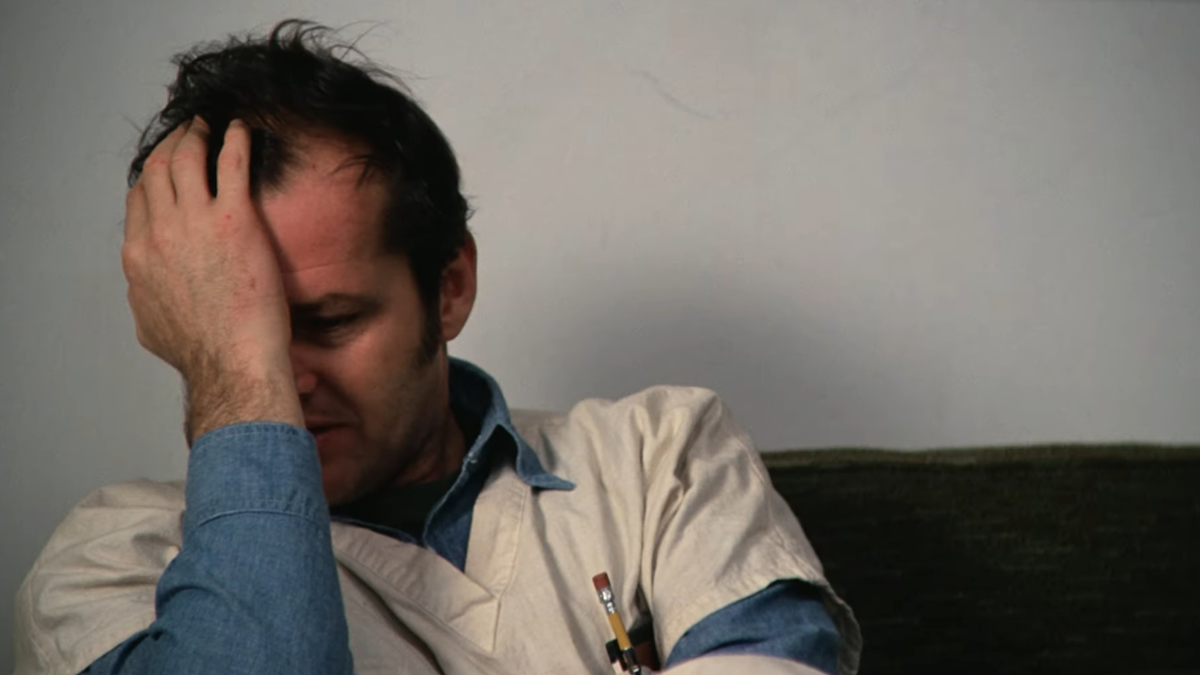
Jack Nicholson and Louise Fletcher co-star in Miloš Forman’s One Flew Over the Cuckoo’s Nest, a dark drama set in an Oregan mental institution in which a patient (Nicholson) is at the mercy of the tyrannical Nurse Ratched (Fletcher) and leads a rebellion of his fellow patients against her. Based on Ken Kesey’s 1962 novel, the film exists as a celebrated anti-conformity metaphor; while Roger Ebert points out in a glowing 2003 re-review it over-simplifies the solutions to mental illnesses, that’s not really the point “because it has no interest in being about insanity,” Ebert wrote. “It is about a free spirit in a closed system.”
Amusing to note: The movie was filmed on location at the Oregon State Hospital, a legitimate working mental hospital. In exchange for letting the filmmakers use the location and the actors to shadow real patients for research, hospital patients had to be made part of the movie’s crew. In a 2017 article for The Guardian, actor Michael Douglas, who produced the film, commented: “We ended up with a number [of patients] working in different departments. I didn’t realize until later that many of them were criminally insane. We had an arsonist working in the art department.”
13. Solaris (1972)
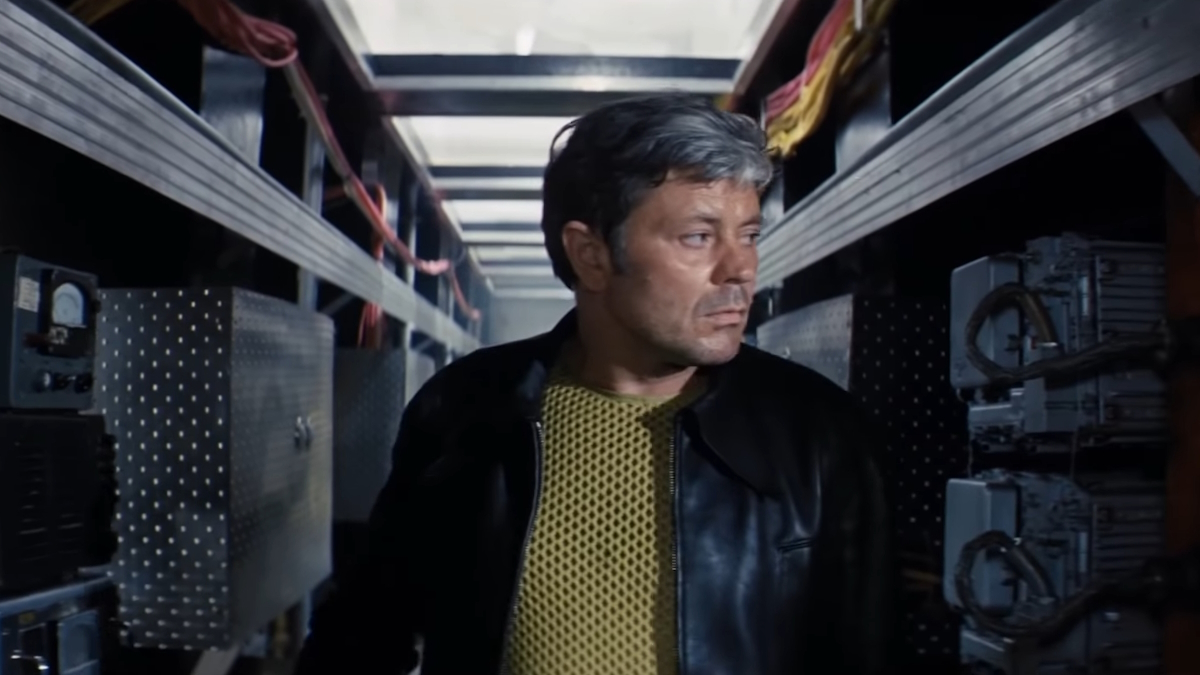
Imagine hating another movie so much, you made your own just to stick it to them. That’s how Russian filmmaker Andrei Tarkovsky approached his sci-fi film Solaris (based on Stanislaw Lem’s 1961 novel) as a rebuttal to Stanley Kubrick’s 2001: A Space Odyssey. Set on a space station orbiting the fictional planet Solaris, a psychologist (played by Donatas Banionis) is dispatched on a mission to psycho-anyalyze the crew, who have reported succumbing to an emotional crisis. In contrast to Kubrick’s movie, Tarkovsky’s Solaris isn’t characterized by immaculate design, but worn and run-down aesthetics that speak to a more genuine human experience. Tarkovsky instructed his art director: “Let’s make our space station look like a broken-down old bus and not like some futuristic space utopia.”
12. Dirty Harry (1971)

With the dissolution of the Hays Code by 1968, Clint Eastwood emerged, .357 Magnum in hand, with Dirty Harry in 1971. Directed by Don Siegel, the film stars Eastwood as crooked San Francisco cop “Dirty” Harry Callahan, arguably cinema’s definitive antihero over his dogged determination to uphold the law that ironically leads him to frequently bend it. While Dirty Harry spawned a franchise, the first film is a towering work where Hollywood finally, truly indulged in onscreen violence, which was A-OK in its justification by Harry’s misguided righteousness. Epitomizing the miasma of an amoral decade is Eastwood’s rhetorical question, “Do you feel lucky, punk?”
11. Rocky (1976)

After years struggling to make it as an actor, Sylvester Stallone nearly gave up a career in acting until he slowly accrued work as a TV extra. Then, he stepped into the ring with Rocky, and he’s never been the same ever since. In John G. Avildsen’s emotional sports drama, Stallone plays aspiring boxer and debt collector Rocky Balboa who is thrust into the main event when heavyweight champion Apollo Creed (Carl Weathers) picks Rocky to fight in a professional exhibition. A stirring underdog sports drama that inspired countless movies like it, Rocky is still pound-for-pound one of the best sports films of all time. It predictably spawned a franchise, with Rocky III giving the world “Eye of the Tiger.”
10. A Clockwork Orange (1971)

Stanley Kubrick’s surreal dystopian drama, an adaptation of Anthony Burgess’ 1962 novel, is simply one of the most disturbing films of all time. Centered around the rampage of an eerily charismatic teenage gang leader (played by Malcolm McDowell), Kubrick’s thematically dense movie depicts the extreme ends of juvenile delinquency, weakened social cohesion, and the impotency of authority. Its horrific onscreen violence serves a point, but for so long there have sadly been people who didn’t get the point and the movie has controversially inspired real-life copycat crimes. Despite being pulled from theaters at Kubrick’s insistence, A Clockwork Orange survives as a masterpiece that funnels its many ideas through the narrow pathways of a maze.
9. Chinatown (1974)
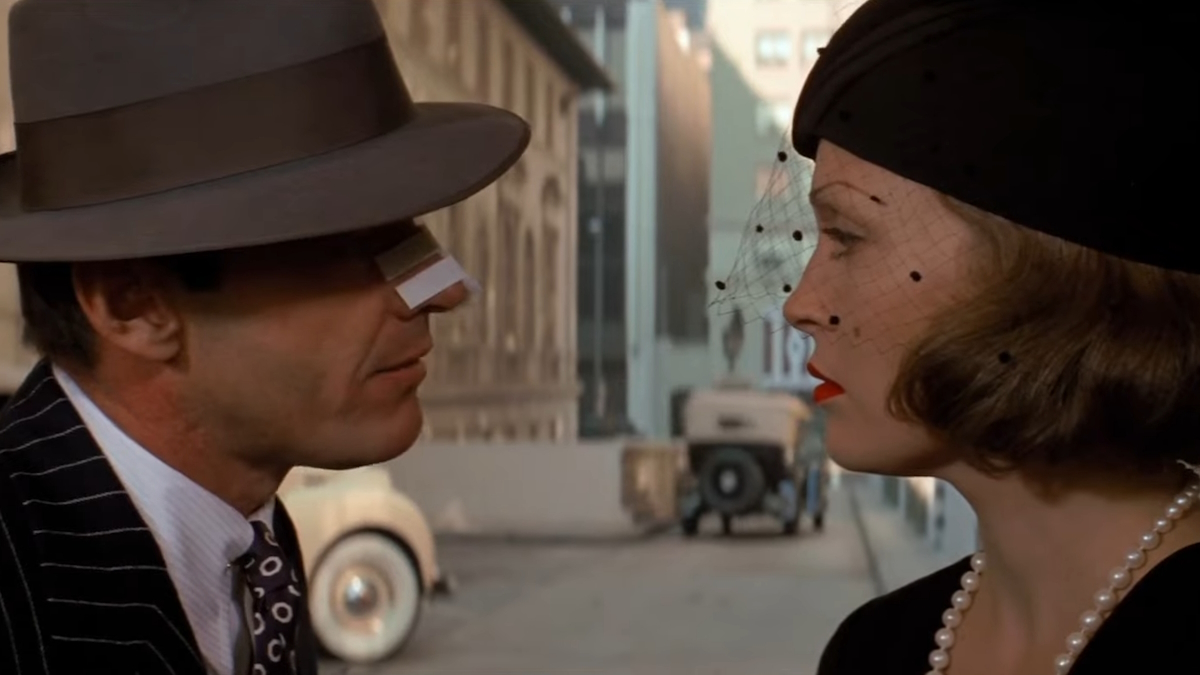
One can define Roman Polanski’s Chinatown by its final line: “Forget it, Jake. It’s Chinatown.” Its premise is deceptively simple: Set in 1937, a woman (Faye Dunaway) hires a private investigator, Jake Gittes (Jack Nicholson) to trail her husband on suspicion of infidelity. What actually happens is a multi-layered excavation into the dark depths that mankind is disturbingly capable of, with the film using film noir and mystery conventions to really function as a psychological drama. Chinatown is not just a location in the movie but a metaphor for chaos, evil, and futility, where the best and most moral thing one can do is to do nothing.
8. Apocalypse Now (1979)
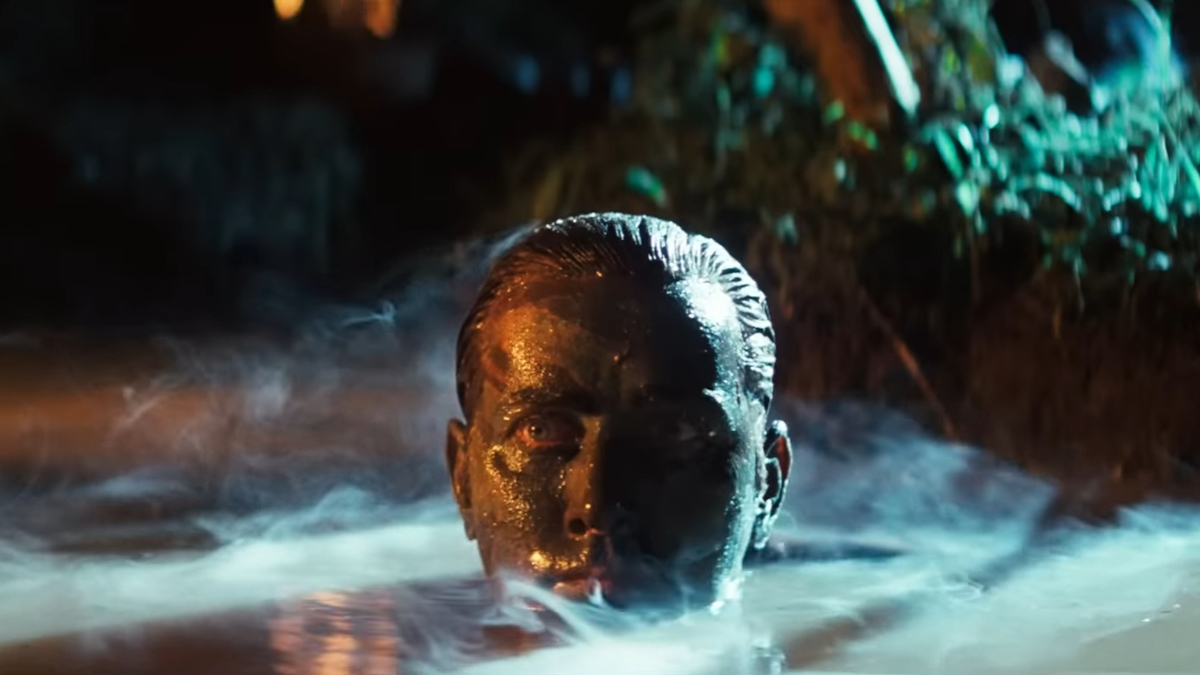
Francis Ford Coppola nearly lost his marbles making Apocalypse Now. Stressed out over numerous on-set troubles, including an inflated budget, a shooting schedule that stretched far beyond its intended five months, destructive storms in the Philippines, and Charlie Sheen suffering a heart attack, Coppola himself admitted in 1991: “Little by little, we went insane." It’s hard to say without being Coppola if the pain was worth it, but decades after its 1979 release Apocalypse Now is widely regarded as a mega-classic and a gemstone of the New Hollywood canon. A phantasmagoric plunge into the Vietnam War, the movie concerns a military captain (Sheen) who is secretly tasked with assassinating a rogue colonel (Marlon Brando) who is worshiped by his men and locals as a demi-god. Brilliant and bold, Apocalypse Now is arguably the definitive Vietnam War movie but resonates to anyone who has been to hell and back.
7. The Exorcist (1973)

It’s a movie that scared audiences so much that word-of-mouth buzz spread like wildfire, making it perhaps the first viral hit. Directed by William Friedkin, this adaptation of William Peter Blatty’s novel (who also wrote the screenplay) tells of a priest (Jason Miller), suffering a crisis of faith, who is tasked by the Church to investigate the demonic possession of a young girl (Linda Blair). A game-changing blockbuster, The Exorcist not only made the horror genre more mainstream but made it respectable, proving it is capable of so much more than makeup and monsters. In this case, being a frightening film about what it means to confront the evils of self-doubt. Some trivia for you: The movie was comically scheduled for a day-after-Christmas release, December 26. While Friedkin wanted a different date, film historian Sarah Crowther theorizes the date was chosen on purpose to stoke a little controversy.
6. All the President’s Men (1976)

Something happened on June 17, 1972 at the Democratic National Committee headquarters in Washington D.C. That something was the Watergate Scandal, which became a book by Washington Post journalists Carl Bernstein and Bob Woodward. Four years later, Bernstein and Woodward’s investigation became one of the decade’s most defining films: All the President’s Men, directed by Alan J. Pakula. A picture that champions ingenuity and virtuous principles under ruthlessly crooked rule, All the President’s Men is riveting precisely for its unglamorous look into the stubborn persistence of gumshoe journalism. It’s a profession full of closed doors, ignored phone calls, and anonymous cryptic conversations. Even so, Pakula’s film never stops being so enthralling as two men seek the truth when no one else is capable of doing the work.
5. Alien (1979)
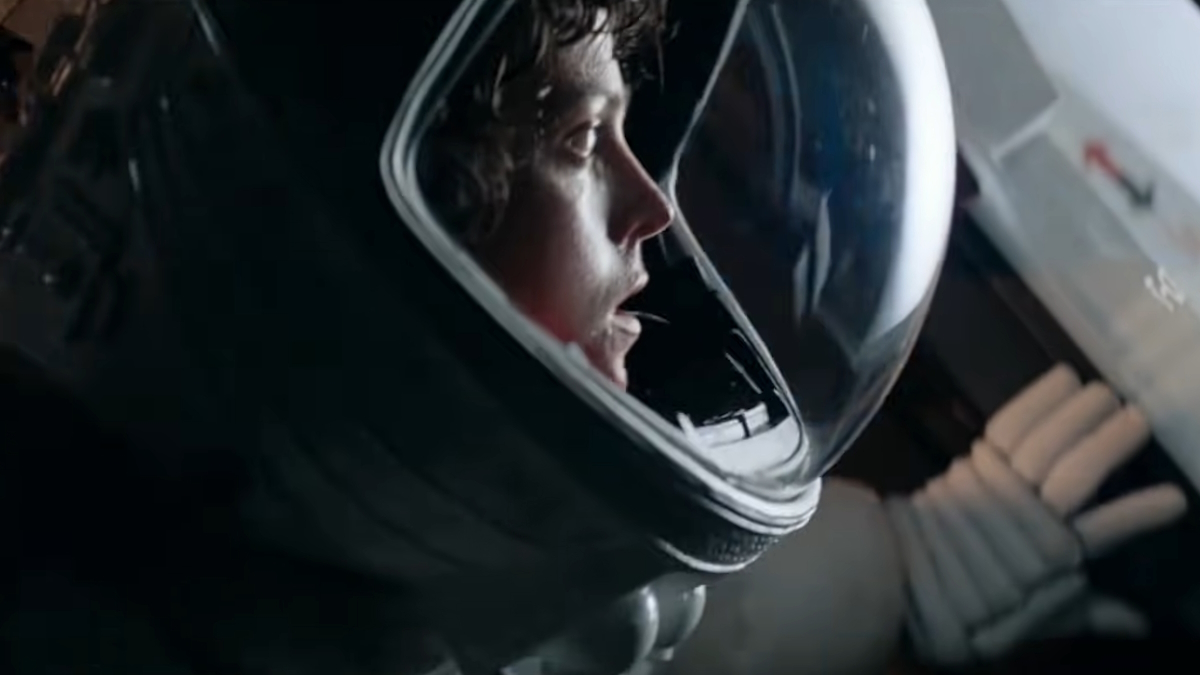
Ridley Scott’s monumental sci-fi horror movie not only created an enduring franchise and made stars out of Sigourney Weaver and John Hurt, but shaped the language and aesthetics for all future genre hybrids to come. Set in the far future where space travel is commonplace, the seven-man crew of the commercial tug ship Nostromo are prematurely woken from stasis by a distress call. When the adventuring party returns from their investigation of a derelict alien ship, they unknowingly bring back an alien creature, who rapidly grows into an acid-spewing menace that threatens them all. With its iconic tagline “In space, no one can hear you scream,” Alien gave a new, terrifying face to two storied genres in one swoop.
4. Taxi Driver (1976)
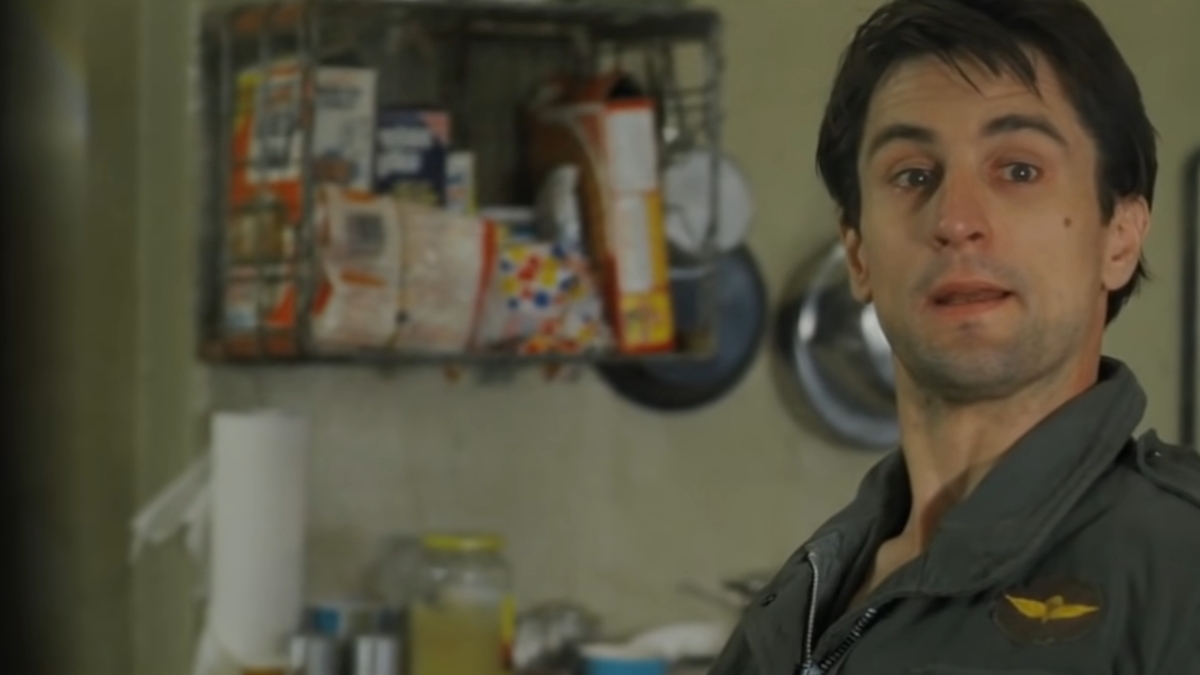
Intended by director Martin Scorsese to feel like a dream, Taxi Driver is more like a fever-induced hallucination as a psychological thriller about a deranged man’s mission to clean up a corrupt New York City by himself. Starring Robert De Niro as Travis Bickle, a traumatized Vietnam War veteran and nighttime taxi driver, Taxi Driver is like peering into the brain of an insecure man who overcompensates for their shortcomings with extreme masculinity and delusions of grandeur. Decades after its 1976 release, Scorsese’s controversial film – which inspired at least one attempted presidential assassination – is still alarmingly relevant.
3. The Godfather (1972)
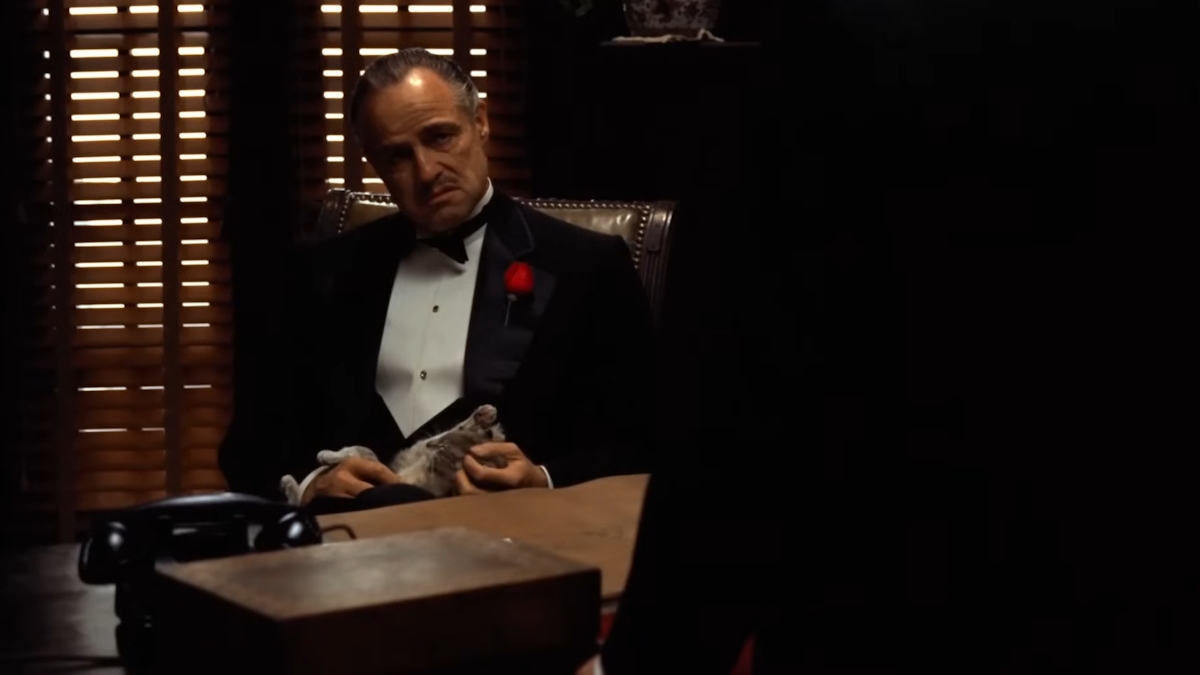
Francis Ford Coppola could have stopped at The Godfather, and he’d still be a revered cinematic artist. Based on Mario Puzo’s 1969 bestseller about a fictional Italian mob dynasty, Coppola’s immortal picture stars Al Pacino and Marlon Brando (plus James Cann, Robert Duvall, and Diane Keaton) as the heads of the Corleone crime family. Set between the years 1945 and 1955, Coppola’s sprawling epic sees Michael Corleone (Pacino) grow from the youngest son reluctant to even think about his family’s business to succeeding his father’s role. A bonafide American classic, The Godfather is truly one of the greatest movies of all time in its dramatic study of family dynamics whilst capturing the atmospheric worlds of the Italian mafia in postwar America.
2. Star Wars (1977)

It spawned one of the most lucrative and most recognized media franchises in the world. But even if it never did, George Lucas’ 1977 film Star Wars (since retitled Star Wars: Episode IV – A New Hope) is an artistic achievement of pure imagination. Originating from Lucas’ own inability to make a Flash Gordon movie, Star Wars is, above all else, a classic story of good versus evil, where scrappy underdogs armed with progressive ideals can still eke out a win over superior forces. Mark Hamill, Harrison Ford, Carrie Fisher, Alec Guinness, and the commanding voice of James Earl Jones populate the ultimate escapist adventure from a galaxy far, far away.
1. Jaws (1975)

Just because it’s summer doesn’t mean you shouldn’t fear the dark of the abyss beneath you. In Steven Spielberg’s definitive monster horror movie Jaws, a scenic beach town is terrorized by a particularly hungry great white shark who racks up a body count like a calculated serial killer. One of the first true Hollywood blockbusters, Spielberg cleverly overcame technical problems with the shark to foster an atmosphere of perpetual, unpredictable dread; truly nothing is scarier when you don’t know where the monster is at any time. While there are many more movies of the 1970s that deserve similar recognition as some of the all-time best, only one of them is worthy enough to demand a bigger boat.

Eric Francisco is a freelance entertainment journalist and graduate of Rutgers University. If a movie or TV show has superheroes, spaceships, kung fu, or John Cena, he's your guy to make sense of it. A former senior writer at Inverse, his byline has also appeared at Vulture, The Daily Beast, Observer, and The Mary Sue. You can find him screaming at Devils hockey games or dodging enemy fire in Call of Duty: Warzone.


